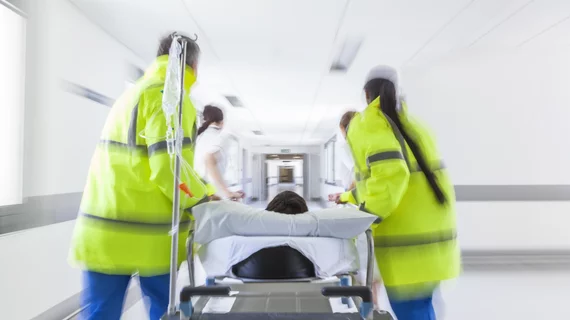American Heart Association and Joint Commission launch new Comprehensive Heart Attack Center certification
The American Heart Association (AHA) and Joint Commission have launched a new certification for hospitals equipped to treat every kind of heart attack at any given moment.
The new Comprehensive Heart Attack Center (CHAC) certification means that a hospital performs cardiac surgical services and primary percutaneous coronary interventions (PCIs) all year long. The certification was developed using specific guidelines and recommendations published in Circulation.
The AHA and Joint Commission now offer four different certifications for the treatment of myocardial infarctions:
- Level III: Acute Heart Attack Ready — For heart attack systems of care-referring hospitals that may or may not perform PCI.
- Level II: Primary Heart Attack Center — For hospitals performing primary PCI at all times.
- Level I: Comprehensive Heart Attack Center — For hospitals performing cardiac surgical services and primary PCI at all times.
- Comprehensive Cardiac Center — For hospitals providing care for every touch point in the cardiac care continuum.
“Having certified hospitals in a community can help systems of care function more effectively, with clear direction on where to take patients,” Edward Jauch, MD, volunteer member of the AHA Quality Certification Science Committee and chair of the department of research at UNC Health Sciences at the Mountain Area Health Education Center, in Asheville, North Carolina, said in a statement. “Because of the nation’s aging population and the importance of timely treatment, cardiac and stroke systems of care are more important than ever.”
“This comprehensive framework ensures all patients have access to appropriate, comprehensive heart attack care when it matters,” added Mariell Jessup, MD, the AHA’s chief science and medical officer. “Providing evidence-based care that improves quality and outcomes for patients is central to the work of the AHA. The new certification joins our existing heart attack certifications to help hospitals elevate their cardiac programs, improving consistency of care for every patient.”
More AHA coverage is available here.

